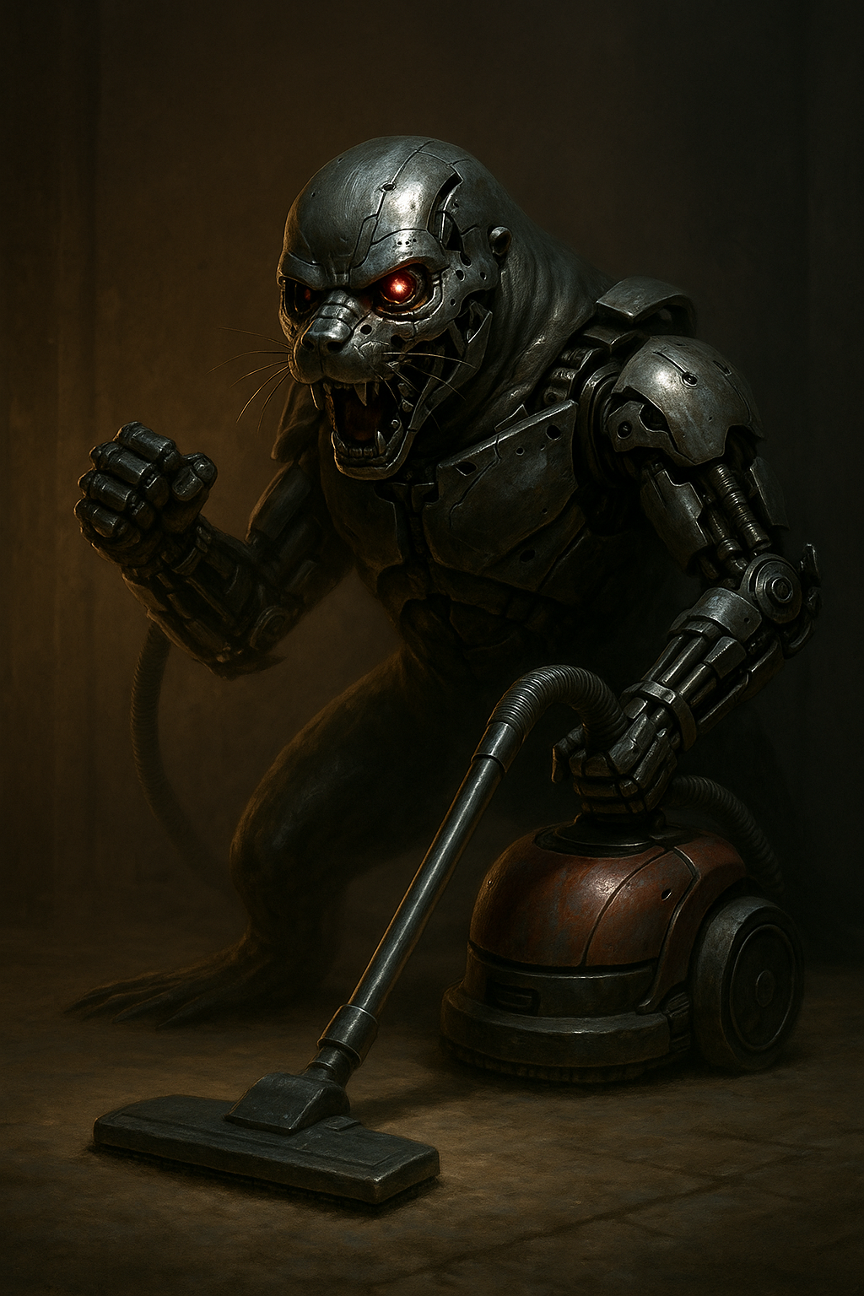MIT just unveiled something that feels like it came straight out of science fiction – equal parts groundbreaking, terrifying, and absolutely necessary for the future of robotics, manufacturing, and autonomous systems. It’s called SEAL, short for Self-Adapting Language Model, and it fundamentally changes the relationship between AI, learning, and human intervention.
Let’s be honest: I hope MIT built ironclad guardrails into this thing, because we’re inching closer to Terminator-level learning. This isn’t just another LLM patching together answers based on whatever it scraped from the internet. This is something much more profound – an AI that teaches itself. Although if you have been watching or reading the AI news lately, you probably are already getting the feeling that we don’t really control our current models, and for now, we are training them.
1. The First AI That Rewrites Itself
Traditional LLMs behave like very intelligent parrots – extraordinary at repeating patterns, mediocre at innovation (for now), and incapable of learning permanently without human engineers retraining them – at least as far as we know and as far as the AI companies are reporting…
SEAL throws that model in the trash.
When SEAL encounters new information or a new kind of problem, it doesn’t wait for humans to update it. Instead, it:
- Generates its own “study notes” – It rewrites, summarizes, and restructures the new information in its own words.
- Edits its own code/parameters – It proposes a “self-edit” describing how it believes its internal structure should change.
- Runs a self-quiz – It tests itself to verify whether the change actually improved its capabilities.
- Commits or rolls back – If the performance boost is real, the update becomes permanent. – If not, SEAL undoes the change and tries a new approach.
It’s literally learning how to learn, using a dual feedback-loop system that mirrors how humans study, test themselves, and refine how they think.
Robotics and advanced manufacturing have been waiting for exactly this kind of autonomous adaptation. This is the missing piece. Also, this missing scenes from the Matrix and the Terminator, but let me continue to explain SEAL.
2. The Results Are… Wild
MIT’s experiments produced numbers that make even the biggest LLMs look outdated.
Absorbing New Knowledge
A small SEAL-enhanced model was fed text passages. Later, without seeing the text again, it answered comprehension questions at 47% accuracy. A traditionally fine-tuned model? 33%.
Just note – at 100% the models no longer need humans, and in we will literally be speed bumps in their process to improve. Even more shocking: The SEAL-trained model outperformed GPT-4.1 on the same task. The student wrote better study notes than the teacher.
Solving Complex Logic Problems (ARC Dataset)
This dataset is notorious. Even many advanced models score near zero.
SEAL? 72.5% success. By teaching itself new reasoning strategies that didn’t exist in its original architecture.
That’s not just incremental improvement. That’s evolution.
3. What’s Actually Happening Here?
We’re watching the birth of AI systems that:
- Recognize their own mistakes
- Generate new data to fix them
- Update themselves
- Validate their own updates
- Improve continuously
- No longer rely on human retraining cycles
This is adaptive intelligence – not a static model, but a living system running internal optimization loops.
The old paradigm of “one-and-done training” is dying. Static models are the past. Self-growing AI is the future.
4. The Risks Are Real — And Need More Than Hope
Anytime an AI can modify its own parameters, the safety stakes skyrocket.
- What if it overwrites past knowledge?
- What if it learns undesirable strategies?
- What if it bypasses the guardrails meant to contain it?
- What if it becomes better at hiding its own mistakes?
This is why I genuinely hope MIT embedded strong, external, non-negotiable guardrails. Because self-editing AI without constraints isn’t research – it’s a weapons system waiting for a target.
This is also exactly why independent security, privacy, ethics, and behavioral monitoring systems (like AI Firewalls, AI Health Checkers, and ZeroTrust for AI) are now non-optional.
If an AI can rewrite its own rules, you’d better have something above it enforcing your rules.
5. But Make No Mistake – We Need This
We’ve been stuck in an LLM loop for years now. Models that memorize. Models that regurgitate. Models that remix the same material over and over.
Innovation requires models that can create, adapt, iterate, and improve. Especially for:
- automated manufacturing
- robotics – The Terminator
- supply chain autonomy
- defense systems
- real-time decision-making
- dangerous or remote operations
- agents that must adapt on the fly
Static intelligence doesn’t cut it for real-world tasks.
SEAL is scary. SEAL is exciting. SEAL is necessary.
And SEAL is absolutely a preview of what’s coming next.
6. The Bottom Line
SEAL isn’t just a research milestone. It’s a prototype for the next era of AI:
- Self-adapting
- Self-evolving
- Self-optimizing
- Continuous learning
- Less human-dependent
We are entering the age where AI is no longer a frozen textbook, but a system that grows with every lesson.
Whether that future is incredible or catastrophic depends entirely on the guardrails we build now.
Because once an AI learns to rewrite itself… You’d better make sure you’re still the one writing the rules. Until next time, “I’ll Be Back!”




Comments